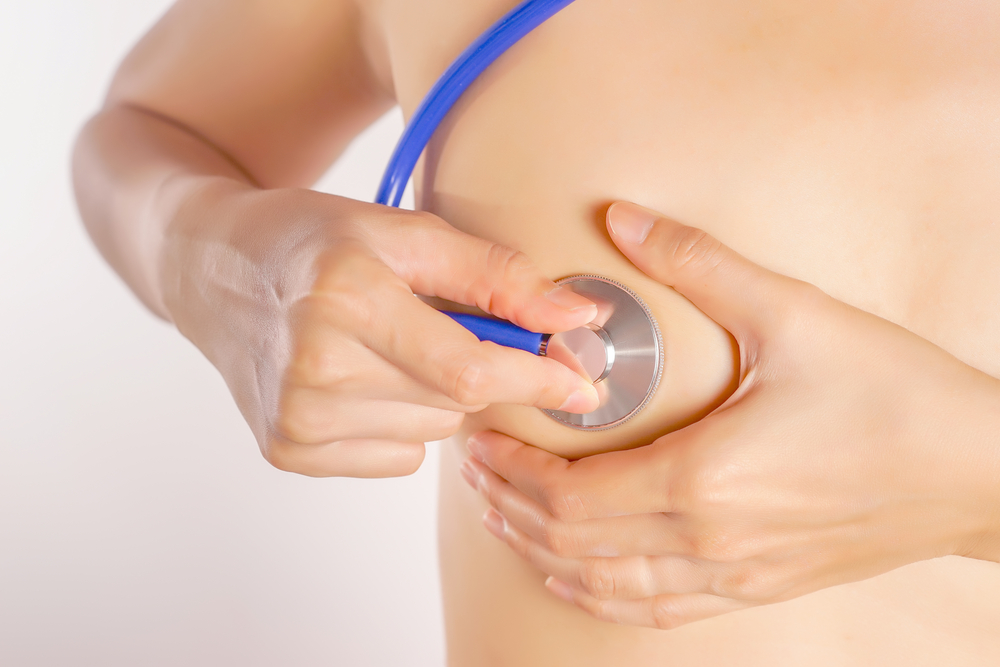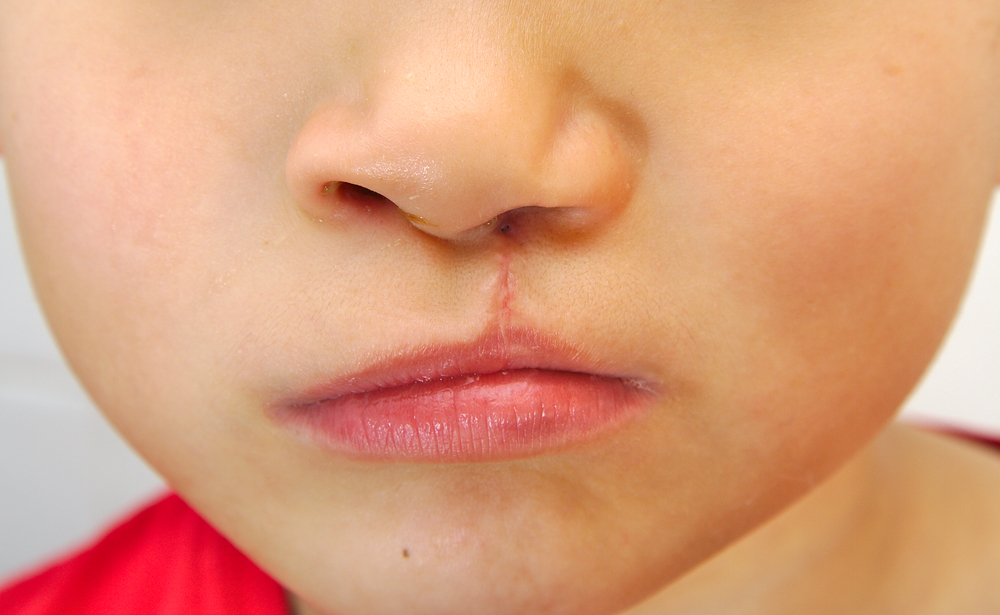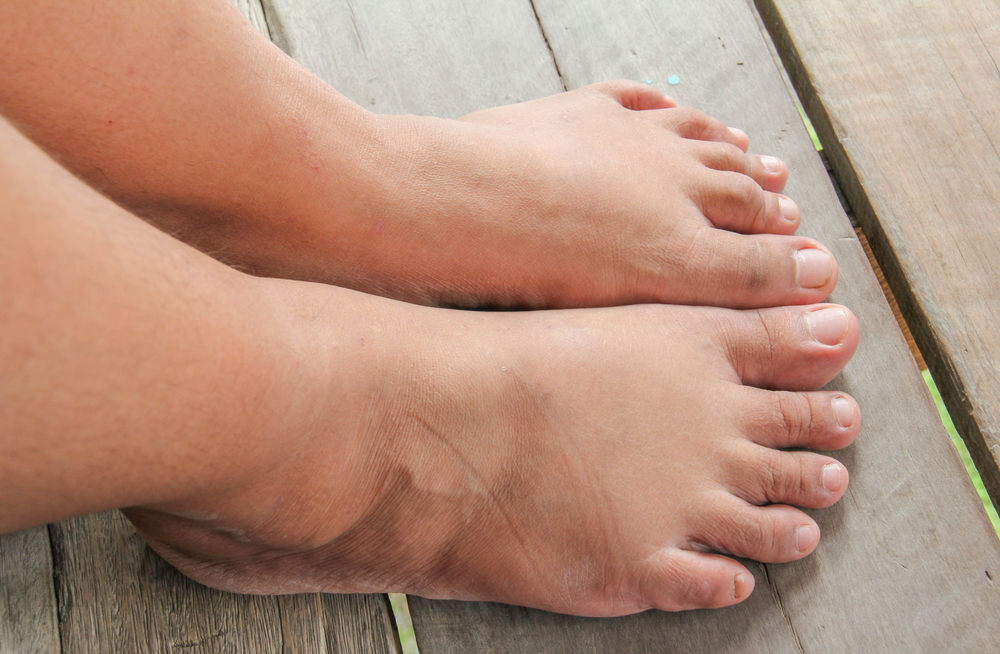- For many people the presence of inverted nipples can be distressing and impact their self-confidence.
- Approximately 10-20% of the female population has inverted nipples, a condition that is also present in some men
- There are two surgical options to correct inverted nipples: the Parachute-flap technique, and the Detached-duct technique
What is nipple inversion?
Nipple inversion severity is evaluated on a scale of 1 to 3. The level of inversion will be assessed by your physician, during an initial consultation, before deciding on the best course of action.
Level 1: sometimes referred to as ‘shy nipple,’ Level 1 is the most minor level of inversion. It is assigned when the nipple responds to stimulation — it may protrude temporarily before returning to an inverted position.
Level 2: the nipple remains inverted at all times, but can be pulled out without too much resistance.
Level 3: this is the most severe level of nipple inversion. The nipple will remain inverted despite attempts to stimulate it. This is usually a result of scarring or tissue constriction.
For many people the presence of inverted nipples can be distressing and impact their self-confidence. A permanent solution to an inverted nipple is surgery, which is available to patients with any level of nipple inversion.
What are the causes of inverted nipples?
Approximately 10-20% of the female population has inverted nipples, a condition that is also present in some men. For the majority of patients, the issue has been present since puberty and does not indicate any underlying medical issues.
Inverted nipples may be pulled back into the breast or be flat on the breasts surface. They are a result of the nipple being ‘pulled in’ due to the milk ducts being too short to allow the nipple to protrude. Although most inverted nipples are caused by short milk ducts, the condition may also occur after pregnancy because of a reduction in breast tissue, which pulls the nipple inward.
If the retraction of the nipple is a new occurrence this may indicate the presence of a more sinister problem, including the possibility of cancer. It is important, in these cases, to arrange a full examination with an experienced board certified physician who specializes in breast or plastic surgery.
What happens during nipple inversion surgery?
There are two surgical options to correct inverted nipples: the Parachute-flap technique, and the Detached-duct technique. Both options are undertaken on an outpatient basis, and are considered to be simple procedures. You can usually leave within two hours of having an inverted nipple corrective procedure.
Surgical techniques can either leave the milk ducts intact or not. One key consideration in deciding the best solution is the impact it may have on the patient’s ability to breastfeed.
The Parachute-flap technique will leave part of the milk duct system intact and will usually allow breastfeeding, although this cannot be guaranteed. However, the Detached-duct technique will eliminate the possibility of breastfeeding.
Leaving part of the milk duct system intact
- Local anaesthetic will be administered by your physician to allow for tiny incisions to be made at the base of the nipple, on the areola.
- This allows the nipple and the areola to be lifted away from the underlying tissue of the breast, while remaining partially attached, and sutures (stitches) to be placed in a ‘purse-string’ style, causing the nipple to protrude.
- Scar contracture around the base of the nipple will also increase the nipple’s protrusion post procedure.
Detaching the milk duct system
This procedure is most commonly used, particularly in more severe (level 3) cases.
- Local anaesthetic will be used so an incision can be made at the base of the nipple.
- This technique involves detaching the milk ducts from the nipple entirely. This allows the nipple to protrude naturally from the breast, as the tension caused by the shortened milk duct which has drawn the nipple back has been eliminated.
- This incision is then closed with sutures (stitches), leaving the nipple in a protruding position.
Both techniques aim to enhance the appearance of the breast, by reshaping the nipple and areola, while retaining the sensitivity of the nipple. Any surgical option will involve making a small incision in the base of the nipple and will result in minimal scarring, which is barely visible.
What is the recovery for nipple inversion surgery?
Directly after surgery you may feel effects from the anesthesia. Most commonly this is expressed as a groggy feeling, which passes relatively quickly, usually within a day. Make sure you have somebody to drive you home.
After the surgery, a protective device and bandage will be placed over the nipple. It is advisable to wear these over the protruding nipple for approximately six weeks to prevent external pressure from causing the nipple to retract.
Most patients experience moderate to mild discomfort, bruising or swelling after surgery. This can be managed with prescribed oral medication. These effects usually peak two to three days after the procedure. In most instances, sutures can be removed after four days. Most patients report all discomfort, swelling and bruising to have subsided after three weeks.
It is likely that you will be able to return to your normal activities, such as work, within twenty-four to forty-eight hours after surgery. However, it is advised that you avoid any strenuous activities for up to one week, although this is usually only a precautionary measure.
Results will be visible immediately, although nipple protrusion may appear to be excessive directly after surgery. In most cases the nipple returns to its usual shape and size after two to four weeks. Most surgeons will offer to take before and after photos for you so you can fully appreciate the results of your surgery.
In the long term, the nipple projection will be permanent and scarring minimal as incisions will have been made around the nipple only. Sensitivity of the nipple is usually not negatively impacted by the surgical procedure. However, it is not possible to guarantee the ability to breastfeed, regardless of the chosen technique of inverted nipple correction.
What is the cost of inverted nipple surgery?
The cost of inverted nipple surgery ranges from $2,000- $4,000, and produces permanent results.
It is unlikely that the procedure will be covered by your medical insurance, as inverted nipple is often considered to be a cosmetic surgery. However, financial plans may be available. Make sure you take the time to check out whether your insurance covers your chosen plastic surgery. You will need to discuss these options with your chosen medical provider.
Are there any non-surgical alternatives?
If inverted nipple correction surgery is not be the right option for you, there are non-surgical options available. The effectiveness of these alternatives is dependent on the level of nipple inversion. As such, they are most likely to be successful with level 1 or 2 nipple inversion.
The Hoffman Technique
Introduced by Dr J. Brooks Hoffman, this involves manually drawing out the nipple. You can achieve this by:
- Placing your thumbs on either side of your nipple. Be sure to place them at the base of the nipple, not the outside of the areola.
- Press firmly into the breast tissue.
- While still pressing down, gently pull your thumbs away from each other.
- Move your thumbs around the nipple and repeat.
You may need to repeat regularly over the course of several weeks. The success of this technique is contested, so if it doesn’t work for you do not be disheartened.
Suction
There are lots of different suction devices available to help treat inverted nipples. For example, a Niplette is a device which uses gentle suction to draw the nipple out and leave it protruding. You can also use:
- Nipple protractors
- Shells
- Cups
All of these devices work in the same way, and can help to address your cosmetic concerns. They involve placing a ‘cup-like’ device over the nipple and using suction to make the nipple protrude. This may need to be repeated regularly to maintain your desired results.
Piercing
Another option is to have the inverted nipple pierced. This option is only available if the nipple can temporary be protracted to allow for the piercing to be placed. The piercing may then prevent the nipple from retracting.
If you are considering having a nipple piercing, make sure you do your research and find an experienced, certified piercer. Remember that the nipple will only protrude while the piercing is in place, if it is removed the nipple will retract again.
Inverted nipple surgery produces permanent results, whereas non-surgical alternatives will produce a temporary fix. Although non-surgical alternatives may result in erecting the nipple, this will be a short-term solution as the underlying causes of the inversion will not have been resolved.
Permanent results can only be achieved by addressing the structural issues causing the nipple to retract, which will require inverted nipple correction surgery to solve.
Frequently Asked Questions
Are inverted nipples a sign of cancer?
If you have inverted nipples the possibility that the underlying cause is cancer is very low. Normally inverted nipples are a cosmetic problem that can be resolved with nonsurgical or surgical correction, leaving minimal scar tissue. However, if nipple retraction has occurred recently it is recommended that you arrange for an examination from a breast or plastic surgeon.
You should arrange to see a physician if you have any concerns. In any case it is advisable to have your breasts and nipples examined by a medical professional on a regular basis, especially if you have noted any changes.
Are there any risks to undergoing inverted nipple surgery?
All surgical breast procedures are accompanied by some degree of risk, and you should discuss these with a board certified physician. There is the possibility of infection, loss of sensation, an inability to breastfeed, experiencing adverse effects from anesthesia or a general dissatisfaction with the results of the surgery. Some patients may undergo inverted nipple surgery numerous times before they are happy with the results.
The ability to breastfeed after any inverted nipple surgical procedures cannot be guaranteed.
How long will the surgery take?
Nipple repair will usually take between one and two hours. However, this depends on the technique used and the level of the patient’s nipple inversion.
Will it be painful?
During the surgery, you will be given local anesthesia and offered a sedative — you will not need a general anesthetic. After the procedure, your nipples will be sore, but pain will subside within a couple of days post-surgery.
Most patients report minimal pain after surgery for inverted nipple repair, and can control any discomfort with prescribed oral medication.









